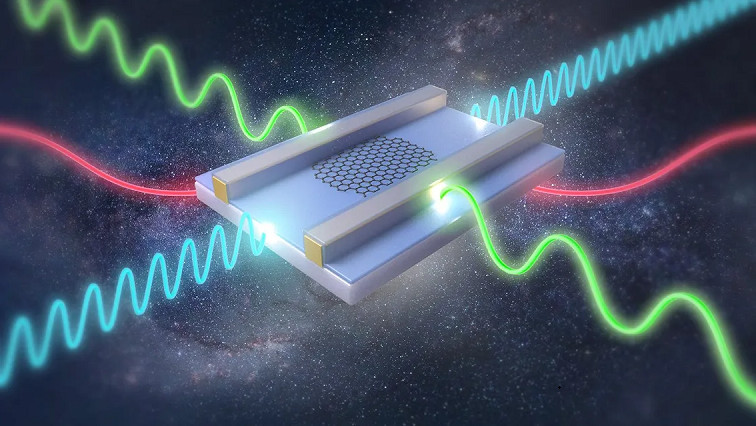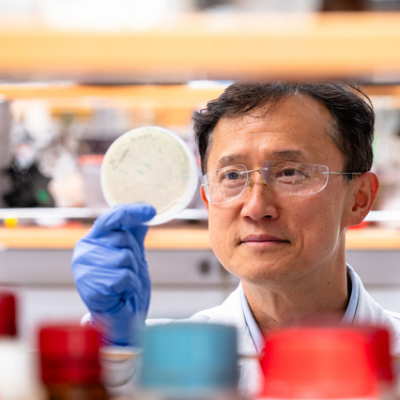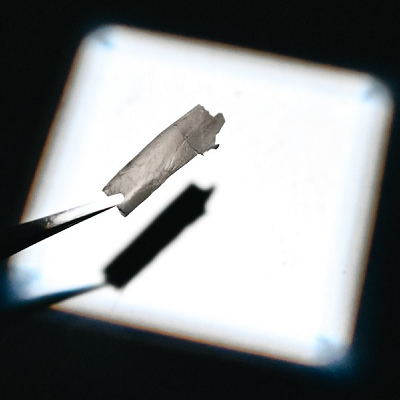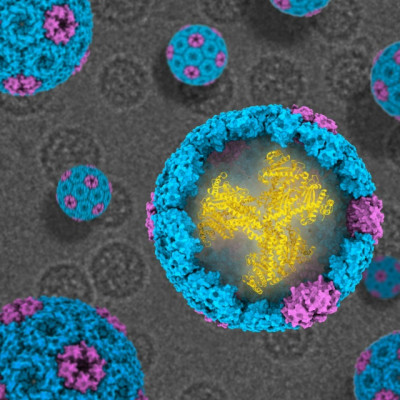Sensors that can accurately and quickly detect such contaminants could prevent many waterborne illnesses and deaths. Now, engineers have developed a path to mass-manufacture high-performance graphene sensors that can detect heavy metals and bacteria in flowing tap water. This advance, reported in Nature Communications, could bring down the cost of such sensors to just US $1 each, allowing people to test their drinking water for toxins at home.
The sensors have to be extraordinarily sensitive to catch the minute concentrations of toxins that can cause harm. For example, the U.S. Food and Drug Administration states that bottled water must have a lead concentration of no more than 5 parts per billion.
Today, detecting parts-per-billion or even parts-per-trillion concentrations of heavy metals, bacteria, and other toxins is possible only by analyzing water samples in the laboratory, says Junhong Chen, a professor of molecular engineering at the University of Chicago and the lead water strategist at Argonne National Laboratory. But his group has developed a sensor with a graphene field-effect transistor (FET) that can detect toxins at those low levels within seconds.
The sensor is based on a nanometers-thick semiconducting graphene oxide sheet, which acts as the channel between the source and drain electrodes in a FET; a gate electrode controls current through the channel. The graphene sheets are deposited on a silicon wafer, and then gold electrodes are printed on the sheets, followed by a nanometer-thick insulating layer of aluminum oxide to separate the gate electrode from the semiconducting channel.
The researchers attach chemical and biological molecules to the graphene surface that will bind with the desired targets—in this case E. coli bacteria and the heavy metals lead and mercury. When even the tiniest amount of the contaminants attach to the graphene, its conductivity changes, with the magnitude of change correlating to the concentrations of the toxins.
The device uses an array with three different sensors, one for each contaminant, to measure parts-per-trillion concentrations in flowing water. Machine-learning algorithms help differentiate among the contaminants, Chen says. “Its response is very fast just like any other FET, so you can see results right away. Also, it is potentially low cost because FET is a cost-effective and scalable technology [that's already used] in computers, laptops, and cellphones.”
Manufacturing sensors with reliable, consistent performance was a major challenge, he says. That’s because the insulating aluminum oxide layer can have defects that trap charges and degrade performance.
So Chen and his colleagues came up with a way to detect defective devices using a nonintrusive process. While the sensors are immersed in water, they test them using impedance spectroscopy—a technique that involves applying an AC voltage at frequencies ranging from a few hertz to a few tens of thousands of hertz—and measuring the current through the devices. This lets them detect structural defects in the aluminum oxide.
“On each wafer you would have hundreds of sensor chips,” Chen says. “In future manufacturing, we can introduce this quality control step to screen out bad devices and pick out the good-quality devices.”
The team is now trying to commercialize the technology through a startup called Nanoaffix Science. “The first product we hope to introduce is a handheld device that allows people to test drinking water quality directly from the tap,” Chen says.
The handheld device would have a replaceable one-time-use graphene sensor. While the sensor costs about $10 right now, with scale-up it should eventually come down to $1, he says. His team is also studying ways to remove the contaminants from the graphene to make the sensors reusable. “In principle, it is doable,” Chen says. “In the future, you could imagine this type of sensor on faucets or water meters to continuously monitor water quality.”
Read the original article on IEEE Spectrum.







